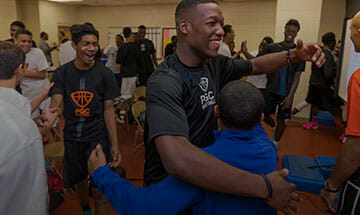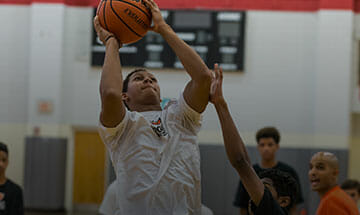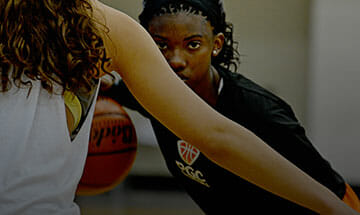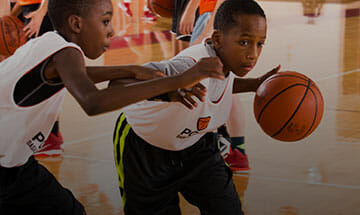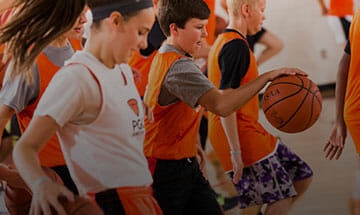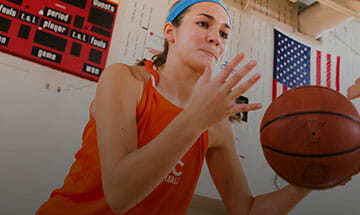The PGC Blog
Brought to you by
Balancing Family and Coaching
Coaches, have you ever paused for a moment or taken the time to reflect on the balance you’re keeping between your family and coaching? I know that can be a tough question to ask yourself, but there may not be a more important one to consider. I challenge each of us to take a timeout today. A timeout to pause and reflect on our own lives. As we take this timeout, there are three basic steps that we must honestly contemplate in order to evaluate our coaching/family balance.
Getting Nervous vs Choking
End-of-game nervousness doesn’t seem to cause more bad plays than occur any other time in the game, it simply gets more attention. In other words, don’t beat yourself up or consider yourself a choker just because you happen to lose a lead sometime.
Three Ways to Get Out of a Shooting Slump
Slumps happen. They are as inexplicable as they are inevitable. Often we have no idea how they happen or why they stop, and usually it seems to be outside of our control. For me, it happened in one of the most important games I ever played in college. It was our conference championship game, and if we won, we would earn a berth in the national tournament.
Don’t Hide on the Basketball Court
For all the complaining that players are apt to do about not getting the ball enough, one of the biggest faults of most players is their failure to come to the ball against pressure. “Hiding” is more relaxing, and that is what players tend to do. They get 25-40 feet from the ball, and they stand there waiting for it to be thrown. Sometimes, they even wave their arms and frown, but whether they know it or not, they are hiding.
Getting More Playing Time
In 2002 I chose to transfer from my first college to the University of Alberta, a team I thought could win the National Championship. The U of A had won it all the previous year, and I wanted to win badly. I knew they were returning all five starters, but I believed in my skills and my work ethic. I knew I could break into the starting line up.
Defending a Stronger Player
When you are guarding a stronger player, especially when he has the ball, how do you combat his pivots and his movement to the basket? How do you stay close to him and apply pressure without getting an apparently accidental elbow in your eye? It can be very difficult to apply pressure and hold your ground unless you can protect yourself in the process. Protecting yourself is the key ingredient, because no player is permitted to make contact intentionally. Intentional contact will result in a foul and a turnover, so a strong player who uses his strength merely to run over you or push you is of no particular concern. He is a poor player and will soon be out of the game. The problem is with the good player with strength, more strength than you.
Trust the Process
Process. Process. Process. You have probably heard it thrown around in the last several years when it comes to sports teams and their approach to success. It’s a “buzz word” that a lot of well-known coaches refer to all the time. Recently, I had the opportunity to hear one of these coaches, former Atlanta Falcons head coach Mike Smith, talk about this idea of process. What he said blew me away.
Hand Position on Defense
Coaches always urge, “Hands up!” so their players will distract the offense and deflect passes, and players prefer to play with their hands at their sides. Because it is easier to move with hands at your side. (Sprinters don’t raise their hands until they cross the finish line.) In guarding the ball, there are times to play with hands down and times to play with a hand up. If you are guarding a dribbler, your hands need not be up, they should be down faking at the ball or helping your body stay in good position, on balance.
